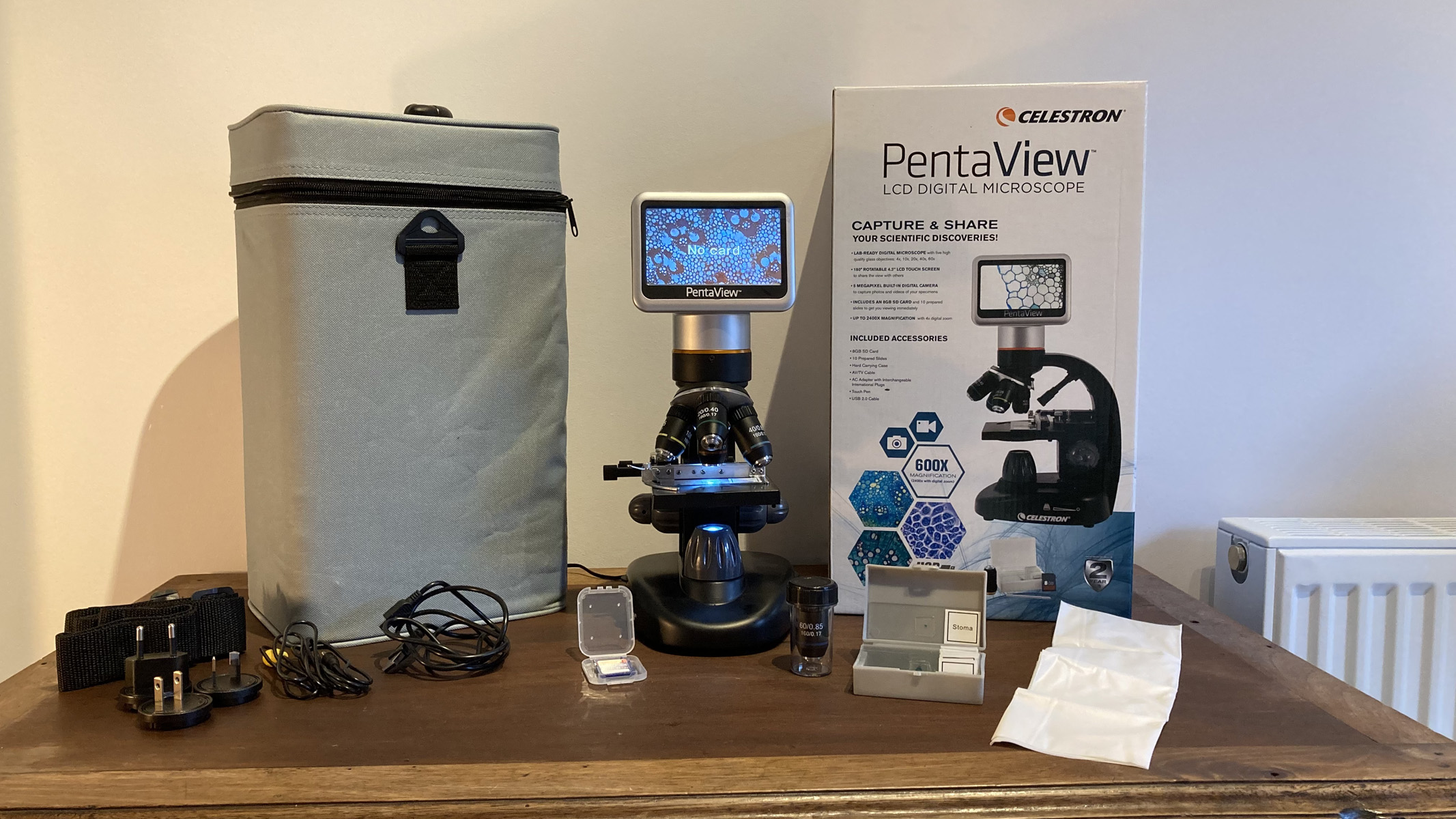Microorganisms, Vol. 11, Pages 237: VT-1161—A Tetrazole for Management of Mono- and Dual-Species Biofilms
Microorganisms doi: 10.3390/microorganisms11020237
Authors: Angela Maione Aldo Mileo Stefano Pugliese Antonietta Siciliano Luigi Cirillo Federica Carraturo Elisabetta de Alteriis Maria De Falco Marco Guida Emilia Galdiero
VT-1161 is a novel tetrazole antifungal agent with high specificity for fungal CYP51 (compared to human CYP enzymes) which has been proven to have fewer adverse effects and drug–drug interaction profiles due to fewer off-target inhibitors. In this study, we evaluated the anti-biofilm potential of VT-1161 against mono- and dual-species biofilms of Candida albicans, Klebsiella pneumoniae and Staphylococcus aureus. VT-1161 inhibited planktonic growth of all three strains, with an MIC value of 2 µg mL−1 for C. albicans and 0.5 µg mL−1 for K. pneumoniae and S. aureus, and killed 99.9% of the microbial populations, indicating a cytocidal action. Additionally, VT-1161 showed an excellent anti-biofilm action, since it inhibited mono-microbial biofilms by 80% at 0.5 µg mL−1, and dual-species biofilms of C. albicans/K. pneumoniae and C. albicans/S. aureus by 90% at the same concentration. Additionally, the eradication of mature biofilms after 24 h of VT-1161 exposure was excellent, reaching 90% at 2 μg mL−1 for both mono- and dual-species biofilms. In such mixed biofilms, the use of VT-1161 was revealed to be an alternative treatment because it was able to reduce the number of cells of each species during both inhibition and eradication. Since long-term therapy is necessary for most fungal biofilm infections due to their recurrence and obstinacy, VT-1161 showed low cytotoxicity against normal human cell lines and also against the invertebrate model Caenorhabditis elegans. Considering the excellent anti-biofilm potential and its GRAS (generally recognized as safe) status, VT-1161 may find use in the prevention or therapeutic treatment of mono- or poly-microbial biofilms.

 1 year ago
48
1 year ago
48


